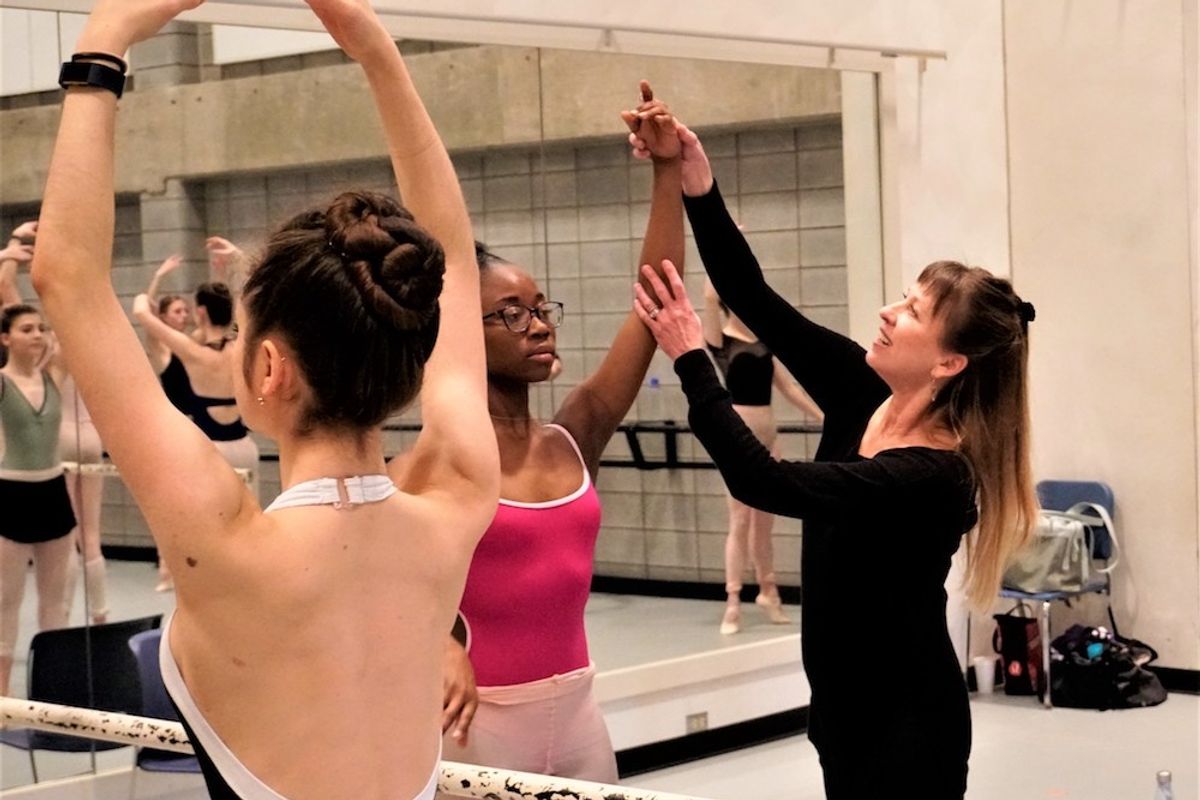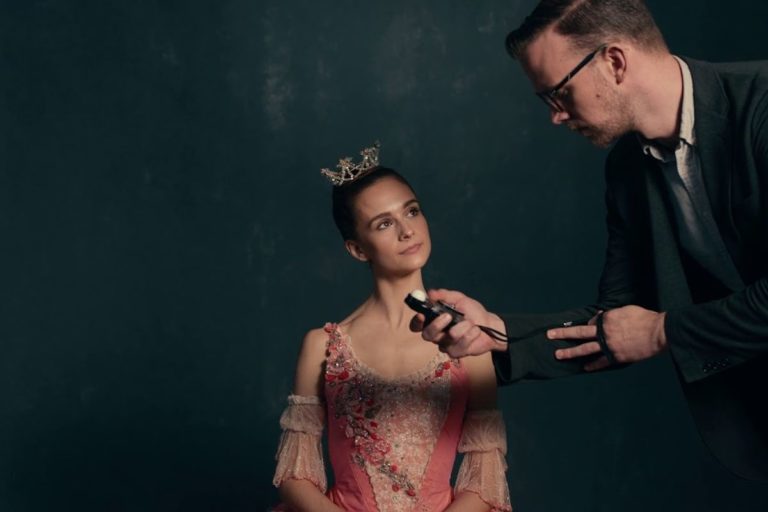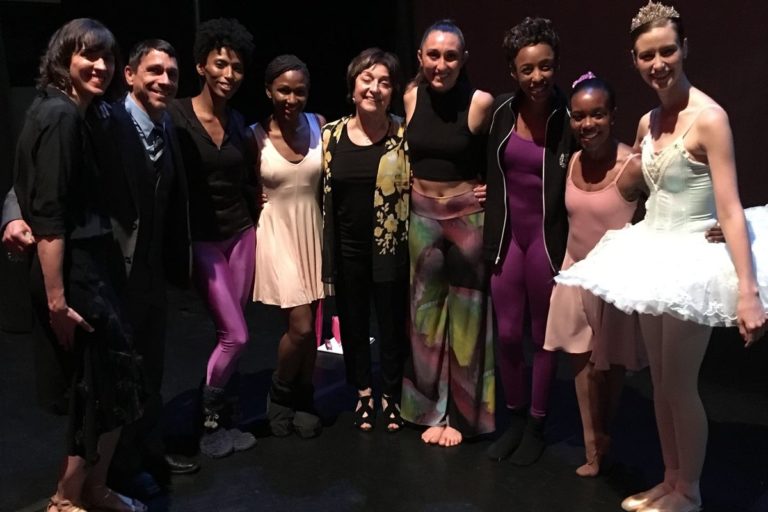
“What’s next?” is a question every professional ballet dancer must face as their performing careers come to a close. For former New York City Ballet principals Kyra Nichols and Philip Neal, the answer was teaching.
“I’ve never really thought about this as a big transition. I was teaching often during my performing career,” says Nichols, who’s now a professor of ballet and the Violette Verdy and Kathy Ziliak Anderson chair at Indiana University.
“As a dancer I always knew my performing career wasn’t going to last forever—though I was fortunate to dance for a long time. Teaching was the most obvious next step for me. My mother (Sally Streets, a former NYCB dancer and founder of the Berkeley Ballet Theater) is a great ballet teacher, and I guess I picked up some of her skills over the years.”
Neal held different jobs after retiring, including staging, choreographing and fundraising, but felt that teaching stood out to him. “I found it invigorating to exchange all the ideas I had accumulated over my career,” he says.

Phillip Neal in class. Photo by James Luedde
He now serves as artistic director of Next Generation Ballet and dance dean of the Patel Conservatory where he and Nichols will teach at Next Generation Ballet’s summer intensive, June 18–July 20.
Teaching is an ever-evolving learning process and, along the way, Nichols and Neal have grown and developed their approaches. “As with performing, it takes a while to find one’s true voice,” Neal says.
Since Nichols’ retirement, she now balances using her voice and body as instruments. Though she says she no longer has to worry about being in performance condition, she is nonetheless a demonstrative teacher. “I do tend to jump up to show something, so I do have to be able to move,” she says. “It took me a while to realize that I could demonstrate by indicating rather than trying to do the steps full out. My extension isn’t what it used to be, and I am now OK with that.”

For Neal, it’s important to bring honesty and genuine experiences to the studio. “One class might focus on technical aspects, while another might benefit from more anecdotal information,” he says.
He also emphasizes students’ responsibility in shaping their careers. “I never teach through intimidation, since most dancers shut down and stop trying, for fear of failure,” he says. “No matter what age, dancers must demand discipline and dedication from themselves to sustain long careers. I can create levels of expectation and set an example with my own behavior, but they must invest in their own future.”
When it comes to summer intensives, Neal likes to give teachers freedom to teach in their own way. “They have a brief time to impact students with various styles of previous training,” he says. “I encourage guest faculty to teach exactly as they deem appropriate, not to adjust for my sake.”
Nichols likes to give each student feedback to make them feel special. “Ballet is passed from one generation to the next,” she says. “And I want them to get a feeling for the training I had from people like Balanchine, Stanley Williams, Madame Danilova and, of course, my mother.”



